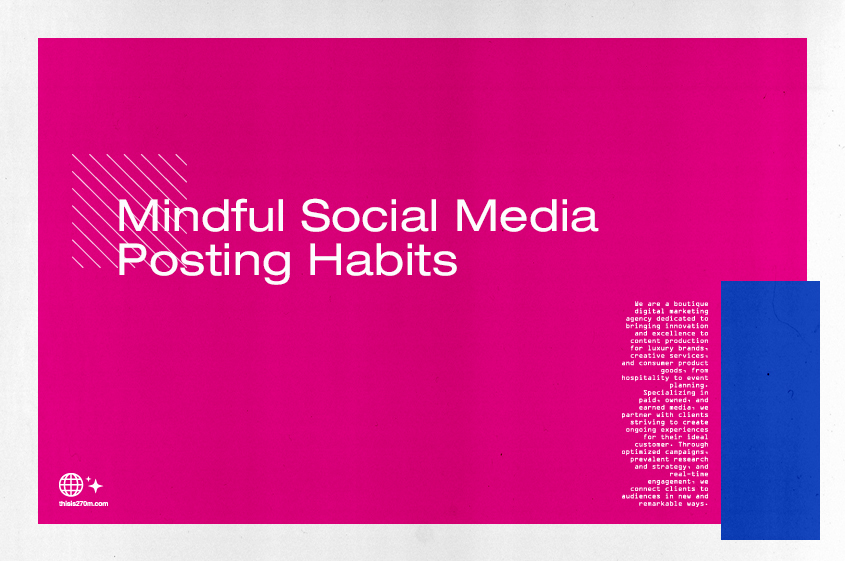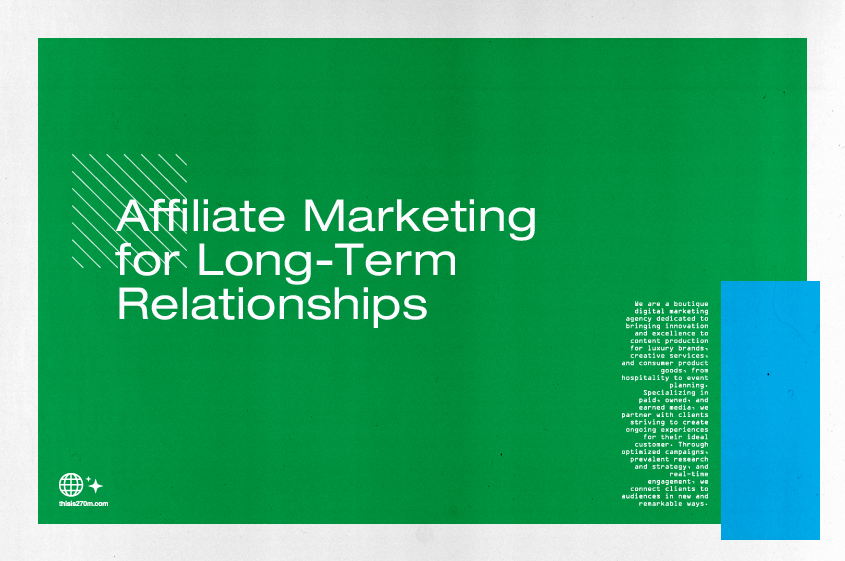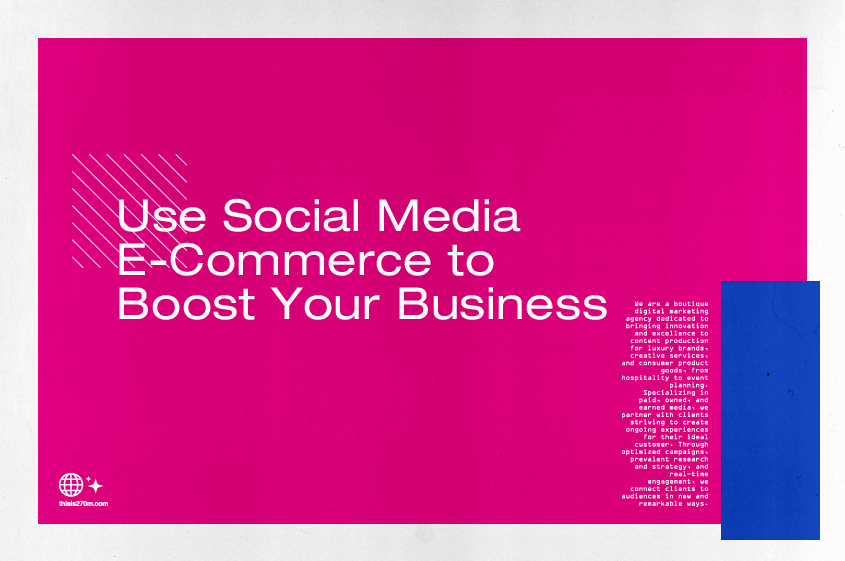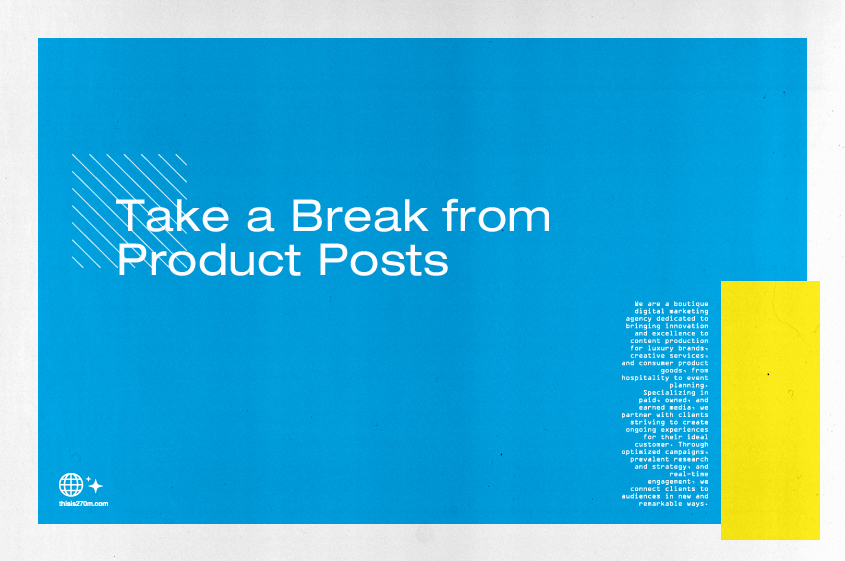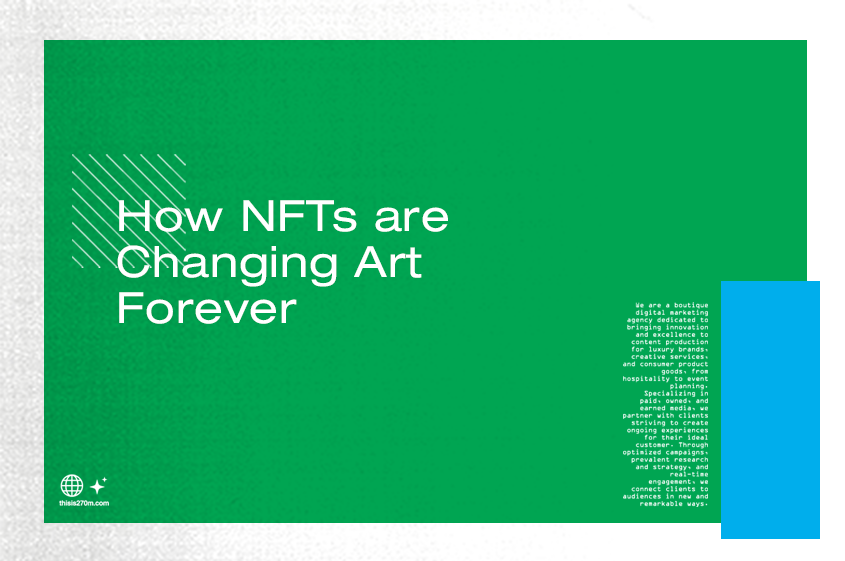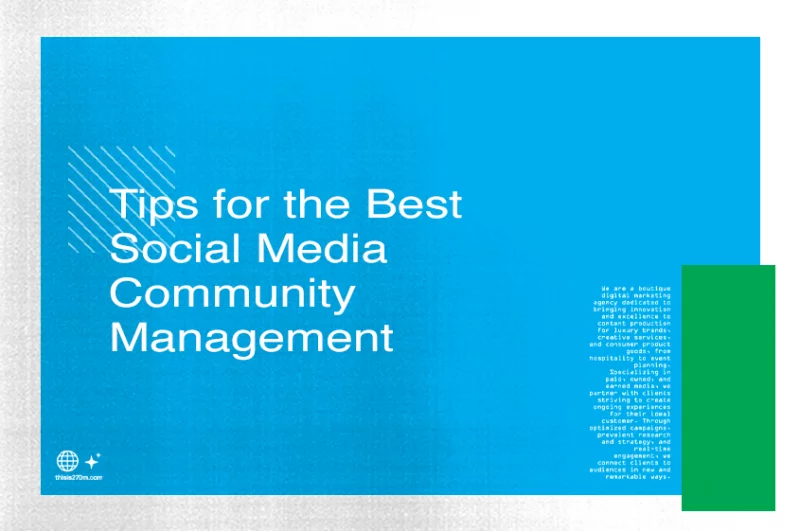Mindful Social Media Posting Habits
Written By: Danielle Gazda
Social media can sometimes be tricky to navigate. It’s particularly important to be mindful when posting about months or holidays such as Pride Month or Black History Month. You don’t want to appear to be pandering to a group by suddenly making inclusive posts or changing your brand’s logo to be “on-theme.”
There are a significant number of memes about companies that suddenly become friendly to the LGBTQIA+ community during Pride Month as their imagery explodes with rainbow colors. Even if your brand is well-intentioned, it may come across as manipulative and capitalistic. The same is also said when horrific events, such as mass shootings or police brutality, are featured prominently on news outlets. Numerous companies will feature blacked-out solidarity posts or send out empty statements of sadness and consolation.
To be a good brand on social media, you need to be consistent, conscientious, and aware. Below are a few tips for doing this with your own brand’s social media posts.
Inclusive Imagery
Throughout the year, your brand should strive to continuously include imagery that contains a diverse cast of models. It’s important to promote inclusivity. It follows a modern trend in organic posting of allowing audiences to see themselves in your posts. The representation of minority ethnic groups, LGBTQIA+ individuals, as well as plus-size and disabled models are massively important. Be conscious of who you include whether you’re setting up your own photo shoots or using stock imagery.
Employee Participation
Include your employees in the decision-making process for posts about potentially sensitive topics. This will boost company morale and help to ensure you’re getting everything right. Facilitate company-wide conversations about what you should be doing for Black History Month, Asian American and Pacific Islander Heritage Month, Pride Month, and more. Your own diverse team members are your greatest asset.
Avoid Stereotypes/Cliches
Your employees can also be invaluable by helping you avoid using language or imagery that may be offensive. It’s true that you can’t please everyone, but you can avoid glaringly obvious issues by being cautious, curious, and mindful.
Transparency
Always be deliberate with posts showing support, and be transparent in your intentions. Targeting is a part of creating ads and enticing people to purchase your product or service, but there can be a fine line. Continue to steer away from harmful stereotypes. Some decisions regarding targeting may be specific to what your company offers and represents.
Activism
Even after making claims of inclusivity, diversity, and solidarity, companies may not take a genuine stand or make an effort toward actively benefiting the groups represented in their ads and posts. Part of being an open and welcoming brand is to put your money where your mouth is. Larger companies can donate to charities and organizations. Smaller businesses can set up fundraisers or promote awareness campaigns for organizations. However, both should start closer to home. Ensure that your work environments are safe, inclusive spaces that are stocked with resources for your employees.
Being an advocate and an ally for multiple groups is necessary nowadays. It should also be what you want to do and what you want your brand to be a part of. This does not mean your content should bombard your audience with “Look at how inclusive we are!” Part of being a trustworthy business is knowing when to use your platform to raise your voice and when to step back and allow the individual communities to speak up on their own — potentially using your platform to do so.
For more digital media marketing information and tips, subscribe to the 270M newsletter and read previous blogs. If you’re interested in taking your digital marketing to the next level, contact us at info@thisis270m.com.

